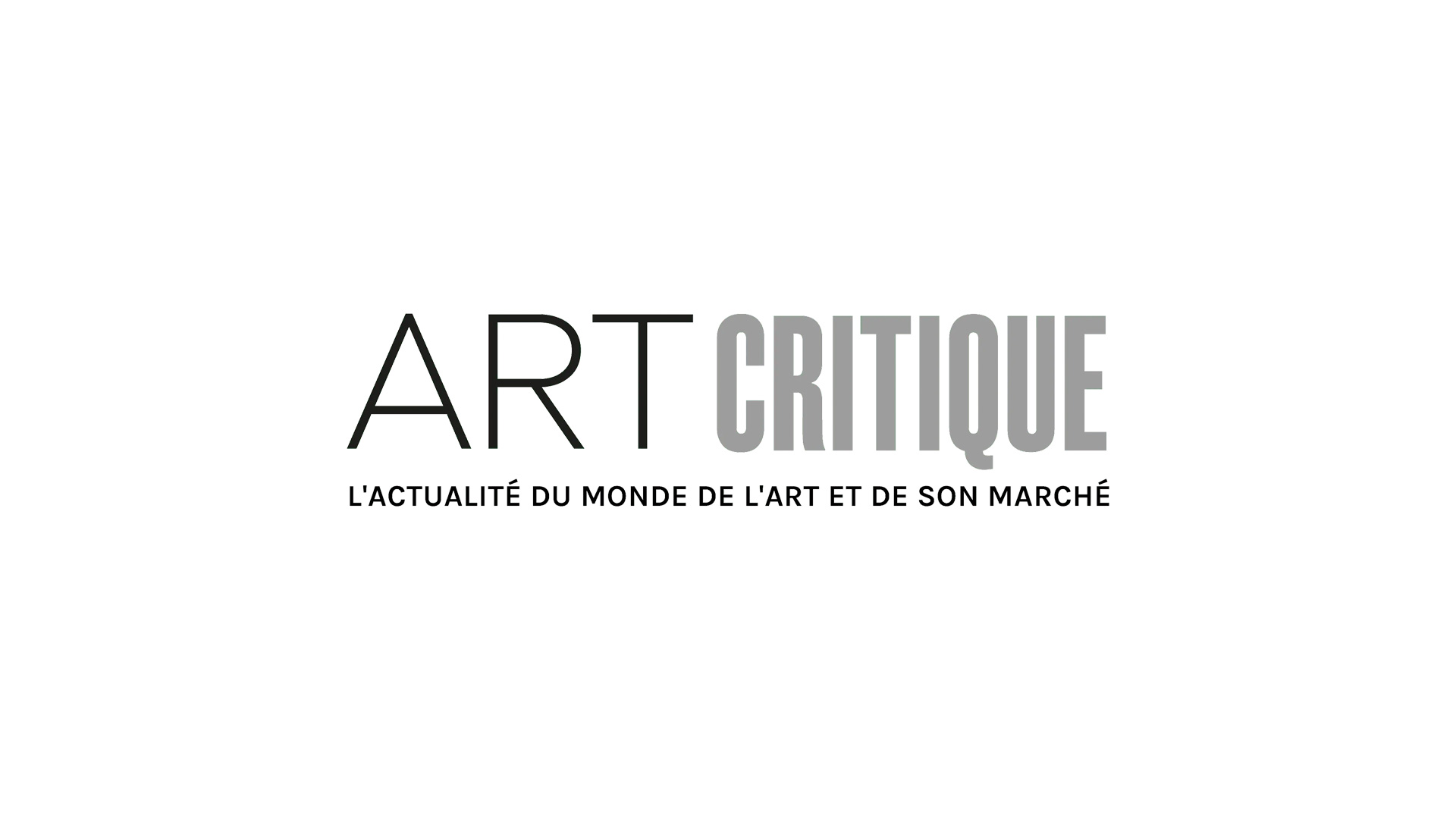In 2015, London’s Victoria & Albert Museum (V&A) introduced a new tour to their line-up of free guided tours featuring their displayed collection: the LGBTQ tour. On the last Saturday of each month, guests are invited to join one of the tours emphasizing the V&A’s relationship with artists and patrons represented in the museum that have regularly been exhibited for years. When the programme was added to their monthly calendar, it quickly became a success.
Assistant curator in the V&A’s Furniture, Textiles, and Fashion Department Dawn Hoskin said the tours, which are headed into their fourth year, ‘[convey] recognition of LGBTQ communities and individuals as being a valued part of wider societies, and contributing elements of wider social histories, rather than being considered only as a distinct ‘specialist interest’.’
Museum guides worked collaboratively to research and choose objects from the V&A’s collection to discuss in the tours. Each guide’s tour is slightly different focusing on different aspects of the LGBTQ (Lesbian, Gay, Bisexual, Transgender and Queer) community. The works they discuss are not necessarily made by artists who do, or may have identified as a member of the LGBTQ community but some were works owned by or commissioned by those within the community.
Such tours are a chance to create a space that lends itself to a larger population ensuring that more people can relate to the museum. Suddenly, a somewhat covered up portion of art history, at least in most Western art, is finding itself represented. The day the tours began at the V&A, veteran volunteer guide Glynn Christian said ‘[t]hese tours will first give a greater sense of identity and ownership to LGBTA visitors, but then slowly create interest amongst others and then be accepted in the mainstream.’
And as museums started to take note, such tours have become more common amongst larger museums and galleries. One such museum was one that might be somewhat unexpected: the Polar Museum at the Cambridge Scott Polar Research Institute.
In October 2018, Dan Vo, the man behind the start of the V&A’s LGBTQ tour, took to Twitter to announce the start of the Polar Museum’s new addition. Their tours take you through the history of the arctic and the exploration of it examining the LGBTQ aspects of wildlife that call the area home as well as the humans who have researched Earth’s most out-there terrain. The Polar Museum teamed up with Vo to create their tour to shed light on the topic.
In relation to the Polar Museum’s LGBTQ tour, Vo told The Times: ‘LGBTQ people have always existed, across time, place and culture […] so we’ve always been a part of museums, but some of the stories have been repressed. Visitors now see themselves reflected in the collection, and there’s a huge desire for that.’
In addition the V&A and The Polar Museum there are galleries and museums that focus on LGBTQ exposure, like the Leslie-Lohman Museum of Gay and Lesbian Art and the ONE Archives in LA. Some other museums including the Whitney and British Museum, have made efforts as well, to include LGBTQ narratives. However, hopefully, the work by Vo, the V&A, the Polar Museum, and a number of others will continue to grow the accessibility of LGBTQ information within institutions worldwide.





